US Stocks: Futures edge higher as investors gird for another big rate hike
U.S. stock index futures edged higher on Wednesday ahead of a widely expected hefty rate hike from the Federal Reserve, with investors awaiting cues on the length and depth of further policy tightening to tame surging price pressures.
The U.S. central bank will likely lift its policy rate by 75 basis points for the third time to a 3.00-3.25% range at the end of its two-day policy meeting, which will be followed by Fed Chair Jerome Powell’s news conference.
Also Read: Sebi working on ASBA-like facility for secondary market transactions as well
“The deciding factor in whether this meeting is positive or negative for risk assets isn’t likely to be the actual rate hike itself. It will be the medium term projections … because at this point investors just want to know when rate hikes are going to stop,” said David Wagner, portfolio manager at Aptus Capital Advisors in Cincinnati, Ohio.
“These past two weeks, the main reason stocks have declined was because the market priced in a higher terminal rate than previously expected … (that) increases the chances the Fed engineers an economic hard landing.”
Markets are also pricing in a 19% chance of a 100 bps rate increase later in the day and see a terminal rate at 4.50% in March 2023.
The benchmark S&P 500 is hovering near two-month lows and is below 3,900 points – a level considered by technical analysts as a strong support for the index – on fears that the rapid pace of rate hikes could tip the U.S. economy into recession.
The yield curve inversion between the two-year and 10-year notes – seen as a recession harbinger – and growing evidence of the impact of decades high inflation on earnings outlooks from companies ranging from FedEx Corp to Ford Motor Co have also added to woes in a seasonally weak period for markets.
At 6:58 a.m. ET, Dow e-minis were up 82 points, or 0.27%, S&P 500 e-minis were up 9 points, or 0.23%, and Nasdaq 100 e-minis were up 6.75 points, or 0.06%.
Meanwhile, shares of U.S. defense companies Northrop Grumman Corp, Raytheon Technologies Corp and Lockheed Martin Corp rose between 1.7% and 2.4% in premarket trading as President Vladimir Putin ordered Russia’s first mobilization since World War Two.
Coty Inc gained 2.7% after the CoverGirl cosmetics maker raised its first quarter 2023 revenue and gross margin forecasts on stronger demand for beauty products.
Micron Technology and Western Digital fell about 2% each after Mizuho downgraded shares of both companies to “neutral” from “buy”.
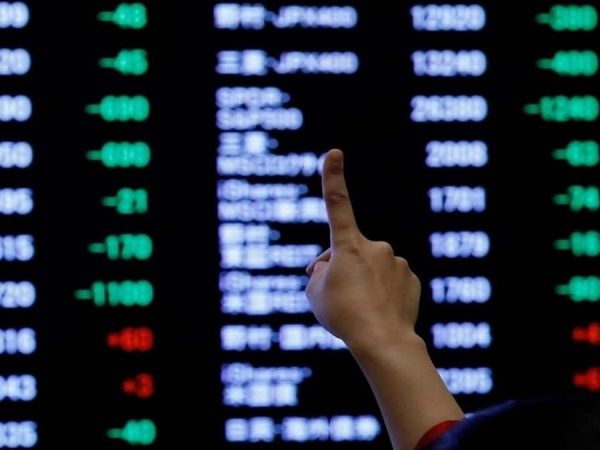
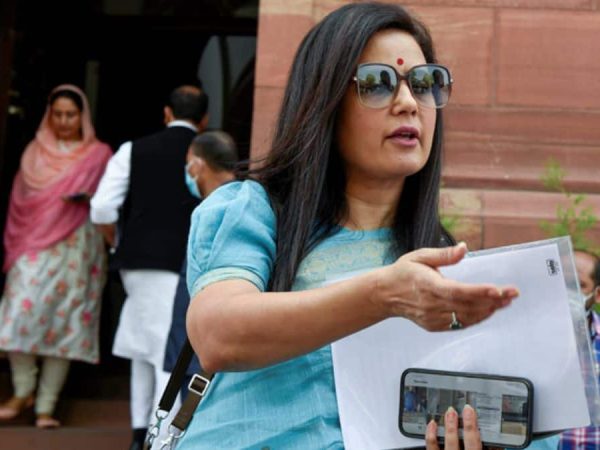
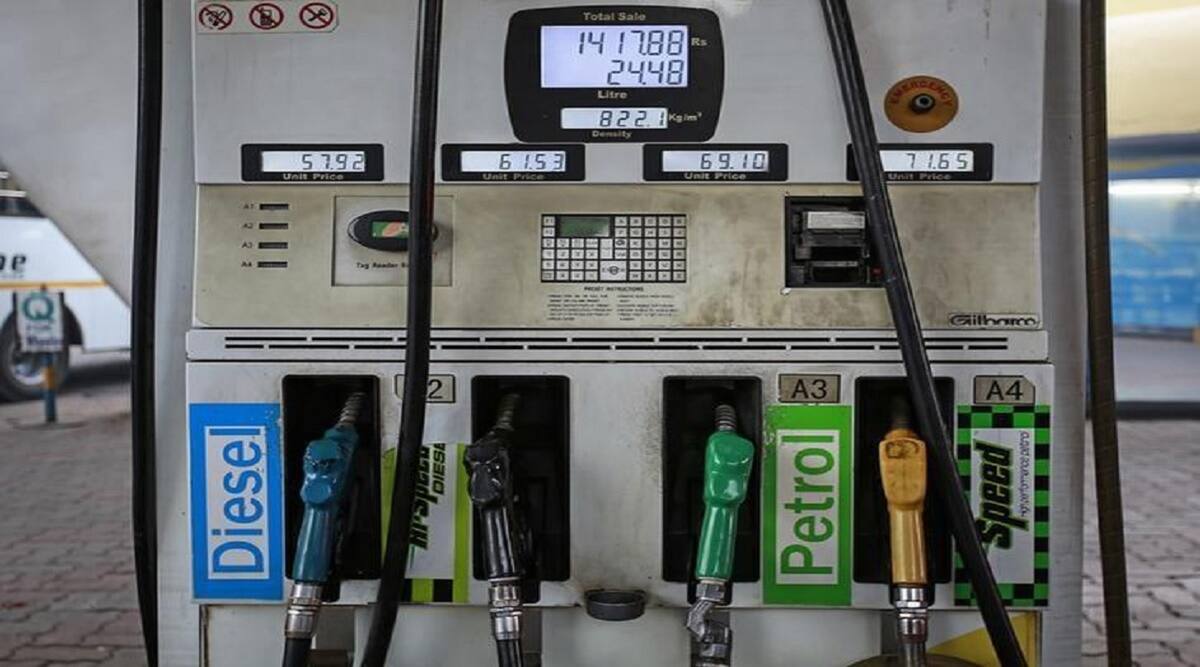
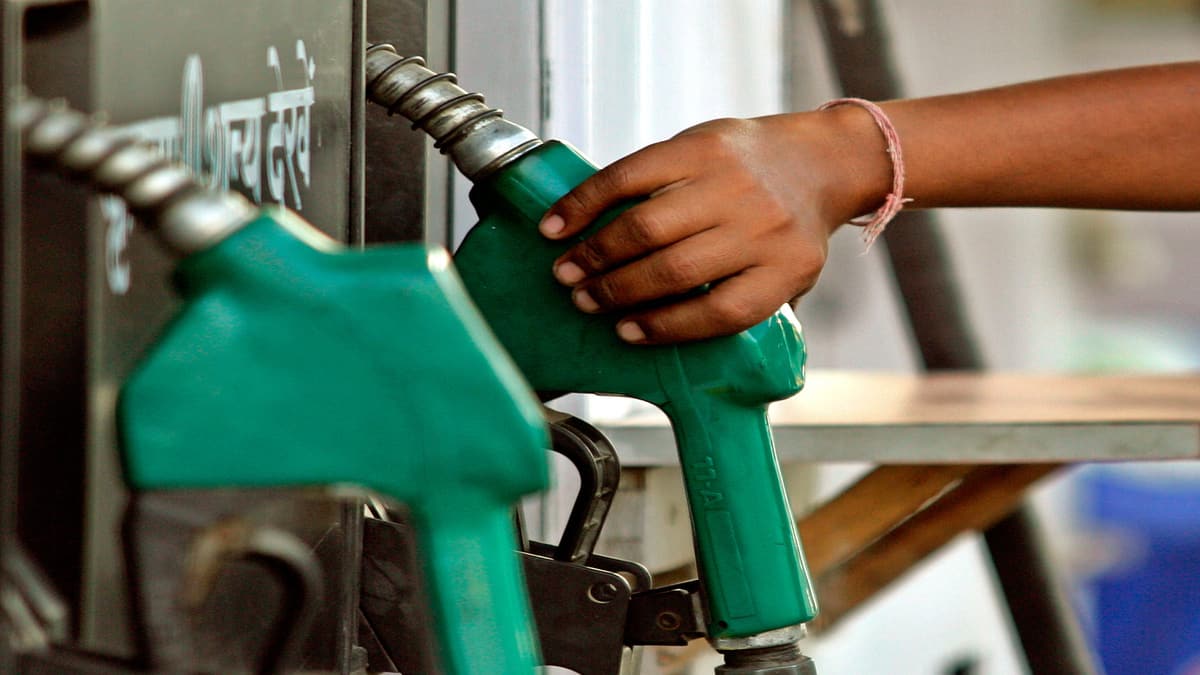
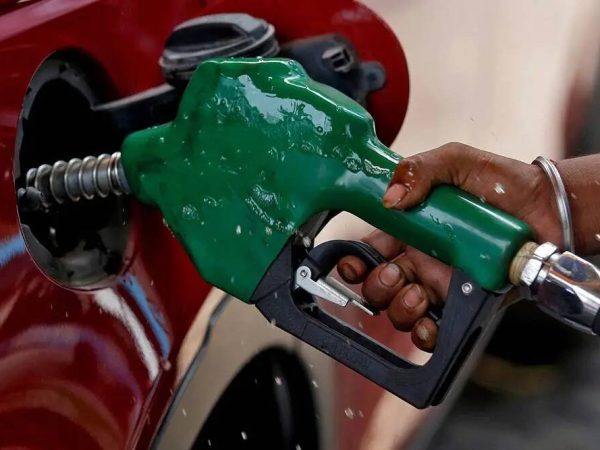

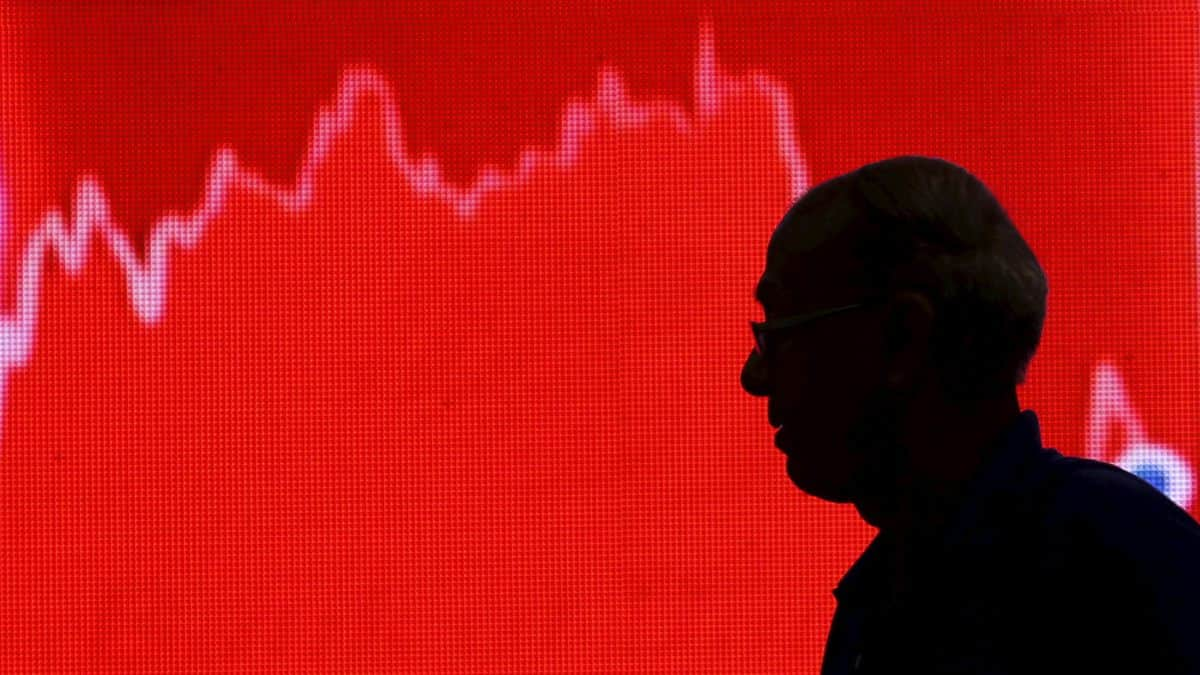
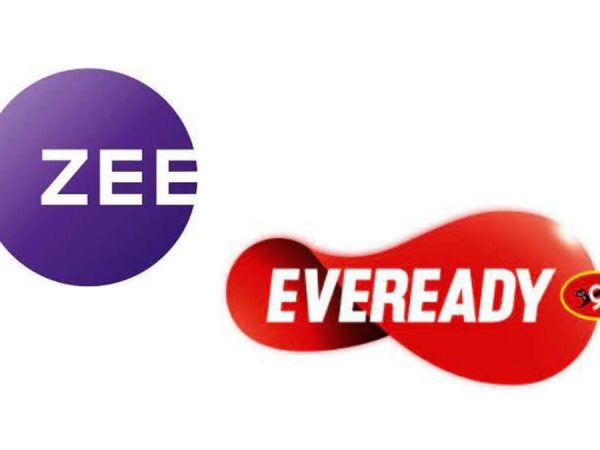
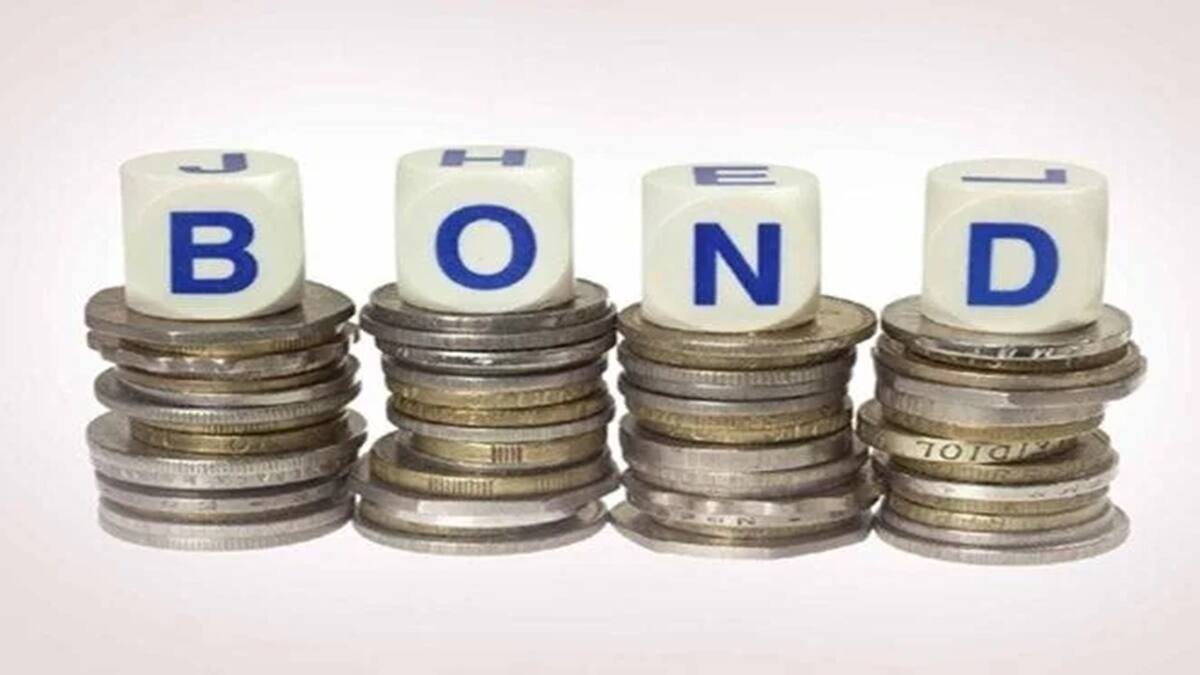
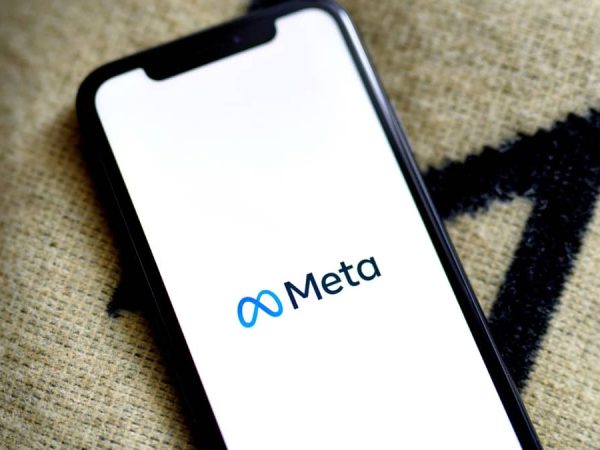
Recent Comments